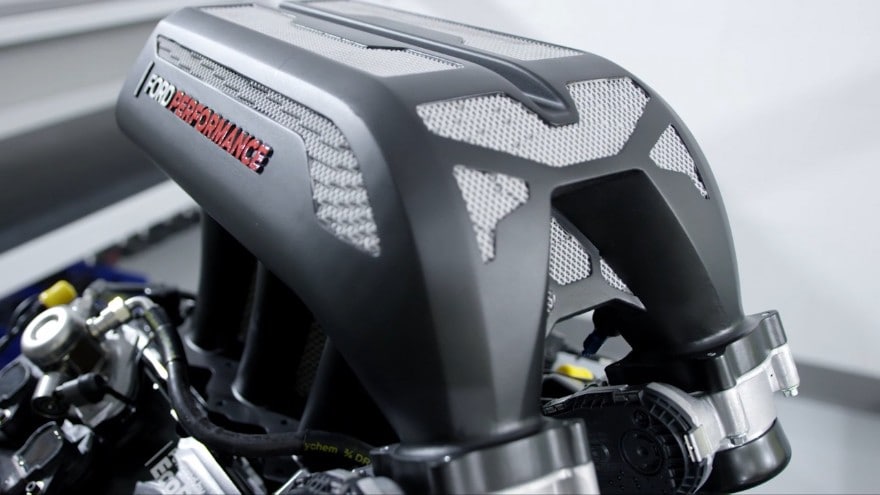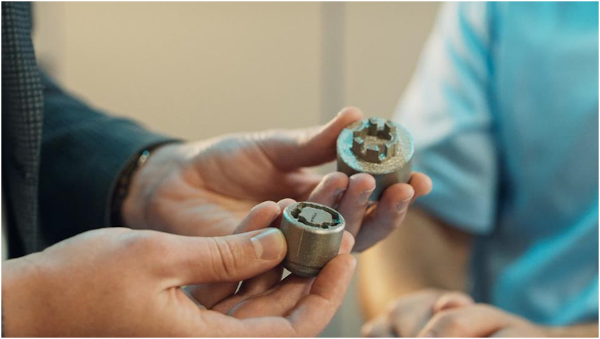
Charles R. Goulding and Preeti Sulibhavi consider the 3D printing impact of Ford’s recent investments in Canadian manufacturing plants.
At the end of September 2020, Ford announced a $1.5 billion investment in two Canadian plants in Ontario: an engine plant in Windsor and a vehicle assembly plant in Oakville. The Oakville plant will be retooled to build five models of electric vehicles (EVs). In the previous week Ford announced that it would spend $700 million to expand its oldest and largest plant in Michigan to make electric pickups. In our recent Fabbaloo article we covered Magna’s extensive EV production activities in Canada. Ford’s EV announcement came the same week that California’s Governor Newsom announced the permanent ban on new gasoline-powered vehicles in California as of 2035.

It is anticipated that Ford’s Canadian investments will also include a contribution from Canada’s government similar to recent investment supporting Boeing in Scotland, which is actually 3D printing-focused. Direct investments by nation-states in companies that are innovating is a way to support job creation while ensuring that the country is participating in its future.
Ford is an industry leader in the utilization of 3D printing technologies for design and production. Ford has been a meaningful investor in Desktop Metal from the onset and Ford has indicated that it intends to integrate Desktop Metal technologies in its manufacturing facilities.

Research and Development Tax Credits are available for the eligible US-based, 3D printing activities that companies engage in.
The Research and Development Tax Credit
Whether it’s used for creating and testing prototypes or for final production, 3D printing is a great indicator that R&D Credit eligible activities are taking place. Companies implementing this technology at any point should consider taking advantage of R&D Tax Credits.
Enacted in 1981, the now permanent Federal Research and Development (R&D) Tax Credit allows a credit that typically ranges from 4%-7% of eligible spending for new and improved products and processes. Qualified research must meet the following four criteria:
- Must be technological in nature
- Must be a component of the taxpayer’s business
- Must represent R&D in the experimental sense and generally includes all such costs related to the development or improvement of a product or process
- Must eliminate uncertainty through a process of experimentation that considers one or more alternatives
Eligible costs include US employee wages, cost of supplies consumed in the R&D process, cost of pre-production testing, US contract research expenses, and certain costs associated with developing a patent.
On December 18, 2015, President Obama signed the PATH Act, making the R&D Tax Credit permanent. Beginning in 2016, the R&D credit has been used to offset Alternative Minimum Tax (AMT) for companies with revenue below $50MM and, startup businesses can obtain up to $250,000 per year in payroll tax cash rebates.
3D Printing: On the Road Again
The long-anticipated growth of the EV market vehicle market is now occurring. The 3D printing sector is poised to be an essential element of this industry conversion.
